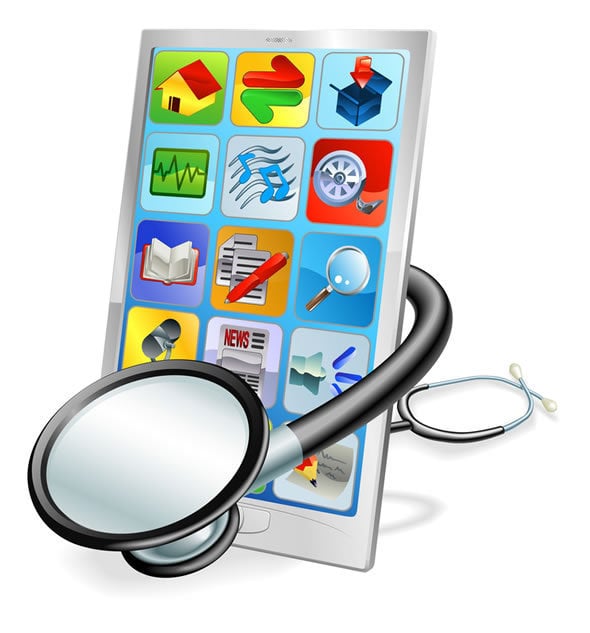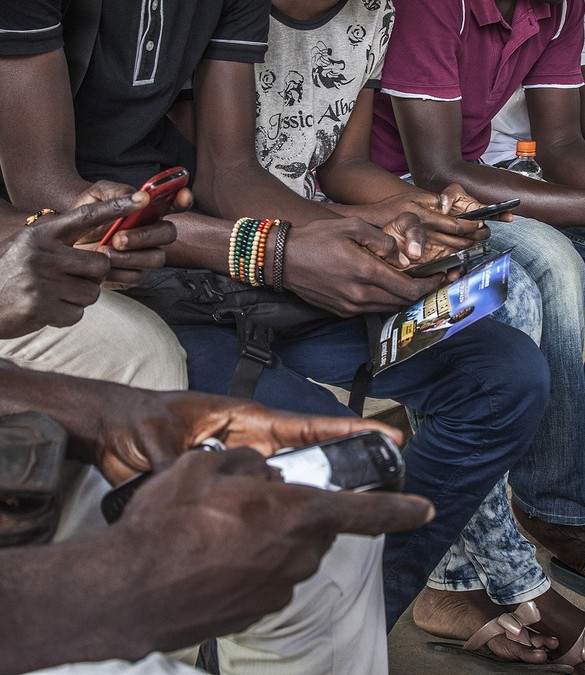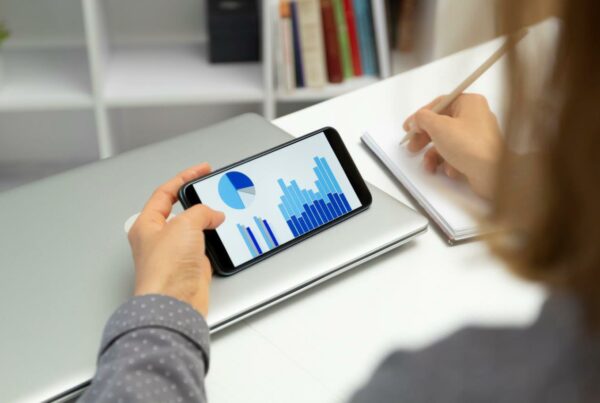Find out the week’s top mobile stories from around the world.
This week.. cheap android phones are secretly texting China, India tops Asia in new mobile customers, UK more smartphone shopper savvy than US counterparts, Mobile cash may not take off for decades, IoT to spur mobile growth and much more.

Secret Back Door in Some U.S. Phones Sent Data to China, Analysts Say
New York Times
For about $50, you can get a smartphone with a high-definition display, fast data service and, according to security contractors, a secret feature: a backdoor that sends all your text messages to China every 72 hours.
Security contractors recently discovered preinstalled software in some Android phones that monitors where users go, whom they talk to and what they write in text messages. The American authorities say it is not clear whether this represents secretive data mining for advertising purposes or a Chinese government effort to collect intelligence.
International customers and users of disposable or prepaid phones are the people most affected by the software. But the scope is unclear. The Chinese company that wrote the software, Shanghai Adups Technology Company, says its code runs on more than 700 million phones, cars and other smart devices. One American phone manufacturer, BLU Products, said that 120,000 of its phones had been affected and that it had updated the software to eliminate the feature.
Read more…
India tops Asia in mobile customer addition in Q3, 2016: Study
India Express
India registered maximum growth in new mobile subscribers by adding over 15 million customers during July-September, 2016 period, Ericsson Mobility report said. “India grew the most in terms of net additions during the quarter (over 15 million), followed by China (over 14 million), Indonesia (over 6 million), Myanmar (over 4 million) and the Philippines (over 4 million),” the report said.
The number of mobile subscriptions exceeds the population in many countries, which is largely due to inactive subscriptions, multiple device ownership or optimization of subscriptions for different types of calls.
As a result, the number of subscribers is lower than the number of subscriptions. Today, there are around 5.1 billion subscribers globally, compared to 7.5 billion subscriptions.
Read more…
US consumers drag their feet as the UK dominates mobile shopping
The Drum
Latest data has revealed that consumers in the United Kingdom are more smartphone savvy than their American counterparts, at least when it comes to online shopping.
The data, taken from almost 4,000 online businesses, also reveals that mobile has now replaced desktop in the UK as the preferred method to shop online, accounting for 58.7% of purchases, whereas in the US, the majority – 54.6% – still use desktop.
After countless predictions of mobile overtaking desktop, this data is a strong signal that these longstanding claims are starting to materialise.
Read more…
AMA Approves List of Principles to Support Use of Mobile Health Apps by Physicians, Patients
HIT Consultant
During the AMA Interim Meeting, physicians voted to approve a list of principles to guide coverage and payment policies supporting the use of mHealth apps and associated devices that are accurate, effective, safe and secure. While physicians are optimistic about digital health innovation and its potential medical benefits, mHealth apps and devices that are not safe and can pose threats to the health and safety of patients. AMA policy acknowledges the need to expand the evidence base necessary to show the accuracy, effectiveness, safety and security of mHealth apps.
The AMA’s advocacy promoting coverage, payment and financial incentive mechanisms will be guided by the following principles to support the use of mHealth apps and associated devices, trackers and sensors by patients, physicians and others that:
Read more…
Mobile Payments May Not Take Off For Decades
Fortune
Since Apple introduced a mobile wallet on the iPhone in 2014, analysts have predicted that shoppers in bricks and mortar stores would soon routinely pay for jeans, groceries, and super-sized TVs with their phones.
But adoption of mobile payments by retailers has been slower than expected. Now Michael Taiano, director of the group focused on the financial industry at Fitch Ratings, says the transition maybe take even longer.
“This could be a multi-decade change that occurs,” Taiano tells Fortune, comparing the evolution of mobile payments to rise of e-commerce. Even after more than 20 years, e-commerce accounts for only 8% of all U.S. retail spending, he notes.
Read more…
5 reasons why India is not ready to give up cash
Daily O
Post-demonetisation, Union minister of state for finance Arjun Ram Meghwal said India will soon be a cashless economy. While a cashless economy may be a spinoff of the demonetisation decision – ultimately, it is still a long way to go.
Lack of availability of cashless payments, like cards and other means, make up a miniscule percentage of the merchant network. This would mean smaller volumes of trading as long as cash is not readily available at banks and ATMs.
As long as lines before ATMs do not see a reduction, trading and business, at least for the smaller sector, would suffer. This is because over 95 per cent of all business transactions take place in cash.
India has one of the lowest card swiping machine numbers per capita, worldwide. Data indicates it has some 690-odd terminals per ten lakh people. Even among emerging economies this is very low, with China having some 4,000 terminals per ten lakh people and Brazil having almost 33,000 terminals per ten lakh population.
Read more…
IoT will spur mobile going forward, reveals study
Mobile Payments Today
Mobile will continue to grow in North America and a prime factor is the advancement of IoT adoption, specifically machine-to-machine and general digitalization of services and industries.
That’s the focus of a new GSMA Intelligence study which predicts almost 41 trillion dollars will be generated by mobile technologies, according to a Media Post report.
“While subscriber and smartphone growth is maturing, North America’s mobile operators are now looking to connect a growing range of other devices, everything from cars to drones, and bringing the Internet of Things to life,” Michael O’Hara, chief marketing officer at GSMA, said, according to Media Post.
Read more…
Highest global growth rate in mobile subscriptions in Sub-Saharan Africa
Bizcommunity
Ericsson’s Sub-Saharan Africa Mobility Report reveals that while total mobile subscriptions penetration in the region is currently 85%, this number is expected to reach 105% by 2022 with over 1 billion mobile subscriptions.
This makes Sub-Saharan Africa the region with highest growth rate in mobile subscriptions globally.
Released this week, the latest edition of the Ericsson Mobility Report forecasts that there will be 550 million 5G subscriptions in 2022. North America will lead the way in uptake of 5G subscriptions, where a quarter of all mobile subscriptions are forecast to be for 5G in 2022.
Asia Pacific will be the second fastest growing region for 5G subscriptions, with 10% of all subscriptions being 5G in 2022.
Read more…
Nintendo shares rise on Super Mario iPhone game date
BBC
Shares in Nintendo have climbed after it announced a launch date for its new Super Mario game for the iPhone.
Super Mario Run will be released in Apple’s App Store on 15 December, with users having to pay $10 (£8) for the full game.
Nintendo, which announced the tie-up last month, saw its shares jump by as much as 5%.
It hopes to build on the global success of its Pokemon Go app from earlier this year.
Read more…
How Pokémon Go Can Save Lives in a Hurricane
Sithsonian.com
Twenty years ago, when millions of people were displaced by a storm like Hurricane Matthew, we’d see convoys of temporary trailers being towed into stricken areas to shelter the newly homeless. We’d hear appeals for donations from charities like the Salvation Army and the American Red Cross. And we’d be impressed with stories of neighbors and rescuers pitching in to help the unfortunate.
In the near future, information technology may provide new, more effective ways to organize disaster response. We’ve already seen the power of Twitter to coordinate political revolution, and we’ve seen the Pokémon Go augmented reality game motivate tens of thousands of people to get outdoors and chase imaginary monsters.
What if, in response to crises, augmented and alternate reality games like Pokémon Go switched into a mode that rewarded players for donating blood? Delivering water bottles? Filling sandbags? Offering temporary housing? Or evacuating areas threatened by storm, wildfires, floods, tornadoes, or other hazards?














